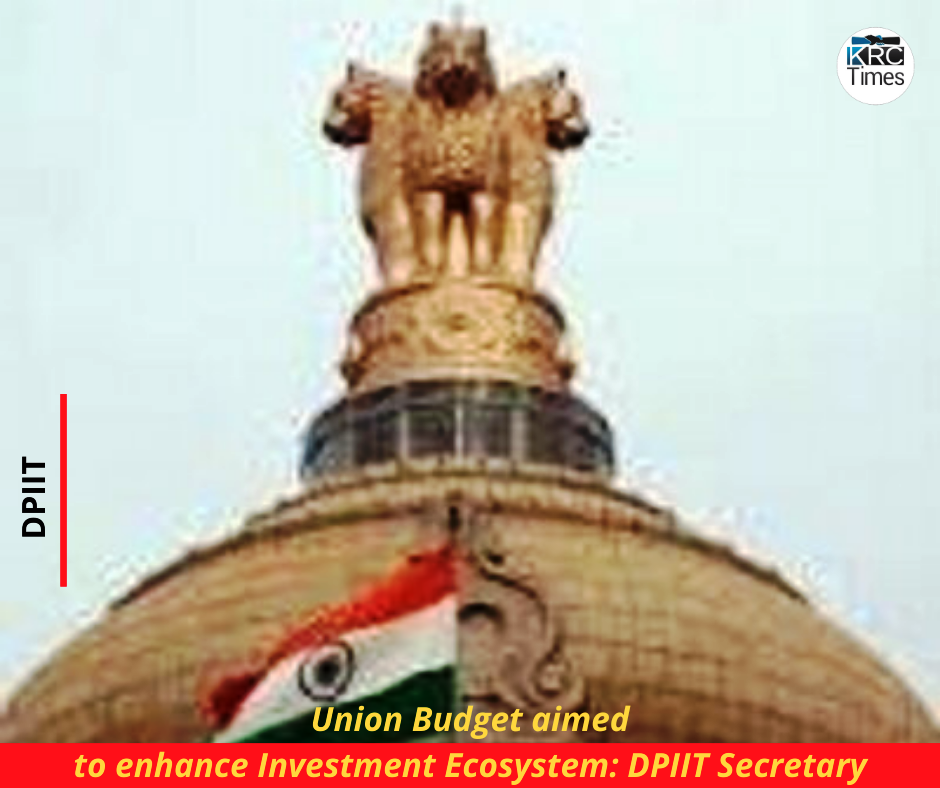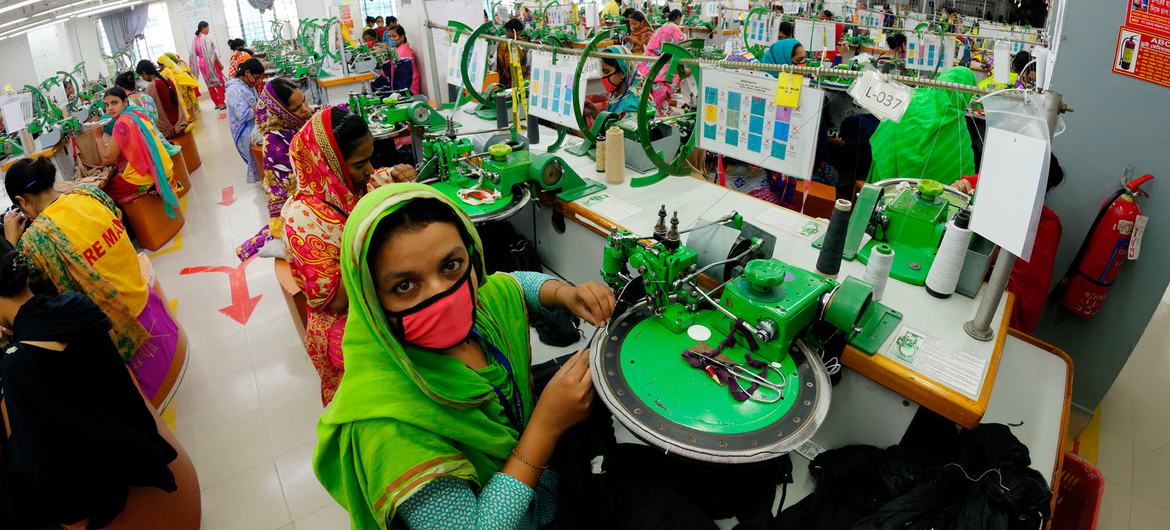The top 10 world economies are: the US, China, Japan, Germany, UK, India, France, Brazil, Italy and Canada.

The fear of a major global economic slowdown is driving large economies make plans to push their growth machines back on track to avoid such a situation. Large economies such as the US, China, Germany and Japan are already at work to fight recession and push economic growth. The position of India, the world’s fastest growing large economy till last year, is, however, still somewhat unclear.
The earlier the government makes its plans clear, the better it is for the industry, investors and business organisations. It is important to ensure production growth of the country’s core sector industries and make expansion of the infrastructure sector somewhat on the lines of other major economies. India’s economy grew at its slowest pace in over six years in the last June quarter following a sharp deceleration in consumer demand and tepid investment. The government’s tentative measures and concessions to certain sectors of industry, including housing and export, are unlikely to put growth back on track.

They can produce only a limited success. India’s GDP grew only five percent in the first quarter of FY20, the slowest since the fourth quarter of FY13. Last month, amid the slowdown, Moody’s Investors Service cut the country’s GDP growth rate to 6.2 percent for 2019 against its earlier projection of 6.8 percent. The rating agency scaled down India’s economic growth to 6.7 percent for 2020, a cut of another 0.6 percentage points. Presently, India is the second Asian economy to feature in the list of the world’s top 10 countries by GDP in US dollars. The top 10 world economies are: the US, China, Japan, Germany, UK, India, France, Brazil, Italy and Canada.
Notably, the European Central Bank (ECB) is said to be planning to unleash a cocktail of stimulus measures to give the already ailing euro zone economy a big boost. Germany, the world’s fourth largest economy and Europe’s biggest, plans to invest “billions and billions” to tide over the ongoing economic downturn. German Federal Minister for Finance Olaf Scholz gave a strong hint to law makers there during a recent budget debate that the government is ready to loosen the purse strings to fight any downward economic spiral. “It will be very important for us as the largest economy in the middle of the European Union, whether we are actually able to counteract a negative economic trend,” Scholz said. “With the solid financial foundations we have today, we are in a position to counter an economic crisis with many, many billions of euros, if one actually breaks out in Germany and Europe,” the German finance minister added.
Scholz’s comments followed a media report that said Berlin may set up independent public bodies to take on new debt and boost investment in key parts of the economy, without falling foul of strict national spending rules. Germany’s economy contracted 0.1 per cent in the second quarter and weak data since has fuelled concerns that Europe’s biggest economy could shrink again between July and September and tip the country into recession for the first time since 2013. Exporters have long been the driver of Germany’s economic growth but they are struggling in the face of a global slowdown, rising global trade tensions and growing uncertainty about Britain’s chaotic exit from the European Union.
The People’s Republic of China, on its part, is making a big investment push in the infrastructure sector and expand its One Belt One Road (OBOR) project, a brainchild of Chinese President Xi Jinping, focusing on better connectivity and cooperation among multiple countries spread across the continents of Asia, Africa, and Europe to keep the country’s growth engine chugging. China’s economic growth is projected to be 6.2 percent, this year, by IMF. According to industry reports, quoted by Xinhua, investment — an important engine of the Chinese economy — is expected to grow faster this year, allowing China to better cope with economic uncertainties in 2019.
A report from the Economic and Strategic Planning Department of the Bank of China (Hong Kong) forecast a rise of 7.3 percent in China’s aggregated investment in 2019, up 1.4 percentage points from 2018. Investment’s contribution to the growth of China’s GDP will rise by 0.5 percentage points to 2.64 percentage points. In other words, about 40 percent of the year’s economic growth will be generated by such investments. Infrastructure facilities will continue to take a large portion, but the emphasis will be on improving weak links and consolidating the less-developed areas.
Last October, the State Council issued a guideline on beefing up the investment in nine areas of infrastructure facilities, including railways, highways and waterways, airports, water conservancy, energy and environmental protection as well as infrastructure conducive to agriculture and rural development. China’s urban infrastructure construction will focus on government-subsidised housing, public transit and drainage and water-logging prevention systems. Citing statistics from the National Development and Reform Commission, a report said the economic planner approved infrastructure construction projects with an aggregated investment of 500 billion Yuan (about 74 billion US dollars), which mainly involves inter-city railway, rail transit and airports. The Ministry of Transport, China Railways Corporation and Civil Aviation Administration have all released their infrastructural construction targets for 2019.
A China-style infrastructure investment programme looks more ideal for India to tide over the current economic slowdown trend. Some of the developing countries in Asia and Africa are planning similar programmes to improve their economic growth to avoid the possible impact of a global economic recession. Many believe that India’s economic turbulence is more than what meets the eye. Several recently-released datasets suggest an impending economic recession in the country. It makes little sense to debate on the issue or take half-hearted measures. The fact is India’s economic growth trend is far below the expected level. The government needs to act fast and initiate large investment in infrastructure to arrest the trend.





